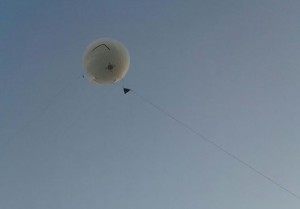
By Marney Blom
On Tuesday morning I awoke again to helicopters overhead and to the east of my residence in southern Jerusalem. “Not another terrorist attack in the capital!” I thought.
Sadly, reports confirmed that Kehilat Yaakov Synagogue in Har Nof, Jerusalem had been attacked, leaving five Israelis dead and seven wounded.
The hovering helicopters were in flight over Jabel Mukaber, a southern Jerusalem neighbourhood not far from the UN compound and my neighbourhood. Cousins Ghassan and Uday Abu-Jamal, Arab terrorists responsible for the attack, were residents of the Arab community. Although both were swiftly shot and killed by police at the scene of the crime, the helicopters were positioned over Jabel Mukaber to monitor subsequent resistance and rioting in their community.
On Wednesday, as the city continued to mourn the brutal killing of innocent civilians who had been participating in morning prayers, Israeli Prime Minister Binyamin Netanyahu visited the new command centre of the Jerusalem Municipality observation unit. This centre operates observation balloons positioned throughout the city, to monitor the municipality and give Israeli police real-time intelligence coverage of disturbances and violations of the law. These eyes in the sky assist security agencies to locate large-scale gatherings, demonstrations, stone-throwing and firebombs. From my 14th story office I can spot several balloons dotting the Jerusalem horizon.
“We have nothing against the residents of eastern Jerusalem but we will not tolerate attacks on our citizens,” said the Israeli PM. “With a determined and vigorous hand, we will restore security to Jerusalem.”
Security in Jerusalem is being stepped up on a number of fronts: an increased police presence, Israeli troops stationed outside educational institutions and kindergartens, as well as a deployment of IDF soldiers at entrances of several Arab neighbourhoods in the capital.
Copyright 2014 © Acts News Network, Inc.
